The Yeongjuji (영주지 : 瀛州誌) is a chronicle of the founding of the nation of Tamna. Yeongju (영주 : 瀛州), meaning Island Nation or Country of the Sinseon, refers to Jeju. Sinseon are immortal celestial beings – see the footnote below for more. This and similar texts are often referred to as sources of the Samseong Myth (삼성신화 : 三姓神話), meaning Myth of the Three Clans, or Myth of the Founding of the Nation of Tamna (탐라개국신화 : 耽羅個國神話).
The author and date of the Yeongjuji are unknown, but scholars believe it was written near the end of the Goryeo Dynasty (938 – 1392) or beginning of the Joseon Dynasty (1392 – 1910). Many subsequent historical records cite this text in their telling of the history of Tamna, often with variations in wording or content. A very similar account of the history of Tamna was published in the History of Goryeo (Goryeosa : 고려사 : 高麗史) – see my translation of that text for more information. Other historical records quote in full or closely follow the account given in the Goryeosa.
This English translation follows Professor Hyun Yong-joon (현용준)’s translation into modern Korean of the original text, with reference to the original text written in Chinese characters. Professor Hyun stated that the original text he worked with is the one preserved in the Gyujanggak, but didn’t cite the name of the actual work – the Yeongjuji does not seem to have ever been published as a stand-alone work. The Gyujanggak (규장각 : 奎章閣) was a research center and royal library established during the Joseon dynasty, and records from that time are now preserved at Seoul National University’s Gyujanggak Institute for Korean Studies 서울대학교 규장각한국학연구원. Professor Hyun was likely referring to the Yeongjuji section of the Go clan’s genealogical record (Gossijokbo : 고씨족보 : 高氏族譜). This genealogy is a print of a woodcut engraving produced in 1725, based on material compiled between 1708 and 1724. Digitized images of the whole book can be viewed at the Gyujanggak Institute for Korean Studies’ website.
Professor Ko Chang-seok (고창석) also published a modern Korean translation of the Yeongjuji in his Tamna Saryojib (耽羅史料集 : 탐라사료집 : Collection of Historical Records of the Nation of Tamna – 1995). He does not provide any information about the source, author or dating of the Yeongjuji, unlike other records in the collection, for which he offers many details. I reference differences in translation between the work of Professor Hyun Yong-joon and Professor Ko Chang-seok in the footnotes.
The Jeju Provincial Government published a comprehensive overview of the geography, history, politics, administration and culture of Jeju in 1983 called the Jejudoji (濟州道誌 : 제주도지 : Chronicle of Jeju). While it provides the original text of the Yeongjuji and corresponding Samseong myth as it appears in the Goryeosa, the translation into modern Korean that follows is an amalgamation of the two texts. The Jejudoji can be downloaded from the online Jeju Studies Archive of the 제주학연구센터‘s website.
Professor Hyun’s translation can be viewed at the Jeju Provincial Government‘s website, but note that it omits the line describing the three Eulla’s delight upon viewing the contents of the wooden chest. A complete version of his translation appears in a paper on the founding myth of the Tamna kingdom written by 고영철 – 탐라개국신화 (uploaded 1995). It can be downloaded from the 자료 section of his 고영찰의 역사교실 website. The original text in Chinese characters presented here is taken from that paper, with reference to the original text as presented in the Jejudoji (濟州道誌 : 1983) and Professor Ko Chang-seok’s Tamna Saryojib (耽羅史料集).
I’d like to express my gratitude to Professor Hyun Seung-hwan (현승환) of Jeju National University (제주국립대학교) for his generosity in providing answers to my many questions about the contents of the Yeongjuji. Any misunderstandings are, of course, my responsibility. I would be delighted to receive any comments or corrections –> east-west-english@naver.com.
All footnotes are mine, and were made with reference to the books and papers cited above, in addition to the following sources:
– The National Institute of Korean Languages’s online unabridged dictionary of standard Korean : 국립국어원 표준국어대사전
– Naver’s online dictionary : 네이버 사전
– The Academy of Korean Studies’ online Encyclopedia of Korean Culture : 한국학중앙연구원 한국민족문화대백과사전
– Seoul National University’s Gyujanggak Institute for Korean Studies : 서울대학교 규장각한국학연구원
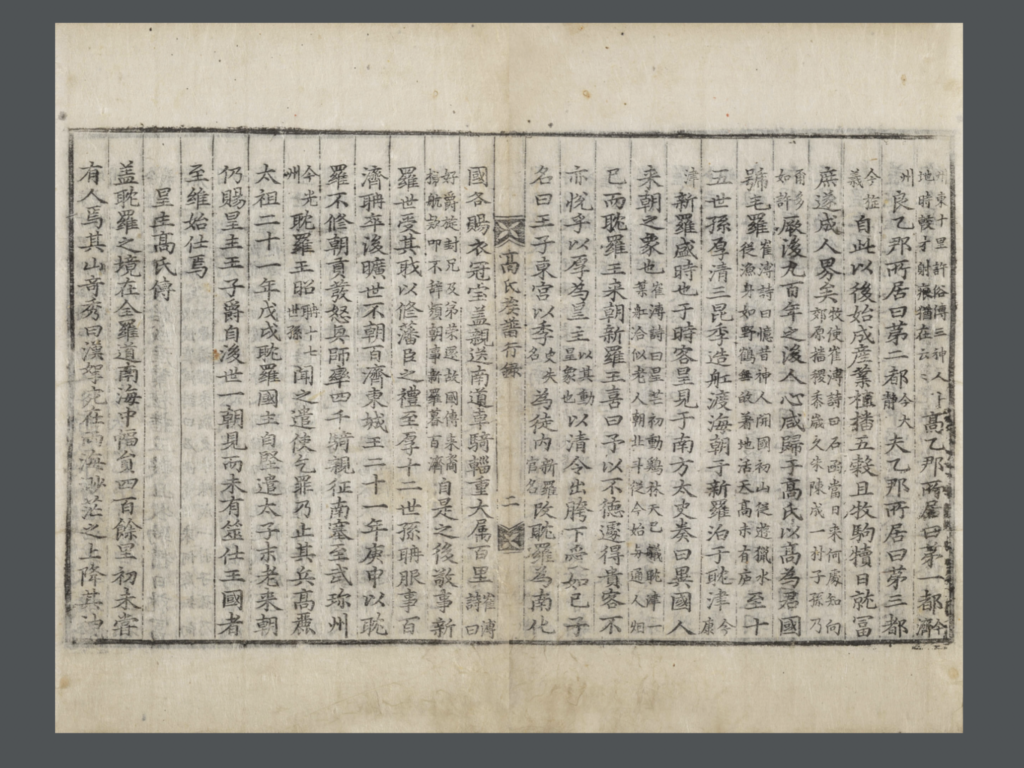
Yeongjuji : Chronicle of Yeongju
瀛洲太初無人物也 忽有三神人 從地湧出鎭山北麓 有穴曰毛興 長曰高乙那次曰良乙那三曰夫乙那 狀貌甚偉器度寬豁絶無人世之態也 皮衣肉食 常以遊獵爲事 不成家業矣
In the beginning, there were no people on Yeongju. Suddenly, three demi-gods emerged out of the northern slopes of Halla Mountain at a cave called Moheung. The eldest was named Go Eulla, the second was called Yang Eulla, and the name of the third was Bu Eulla. They were very large men and magnanimous in nature, characteristics not found in human society at that time. The three of them wore leather clothing and ate meat, spending their days hunting to make their living, but they were not able to start families.
一日登漢拏山望見紫泥封木函自東海中浮來欲留而不去 三人降臨就開則內有玉函形如鳥卵 有一冠帶紫衣使者隨來 開函有靑衣處子三人皆年十五六 容姿脫俗氣韻窃窕 各修飾共坐 且持駒犢五穀之種 出置金塘之岸 三神人自祝曰 是天必授我三人也
They climbed Halla Mountain one day and looked out towards the distant ocean, where they saw a wooden chest sealed with purple clay floating towards the island. It came to rest on the eastern coast. When the three divine men went down and opened it, they were met by messenger dressed in a purple courtier’s uniform. When they opened the wooden chest they found a container made of jade in the shape of a bird’s egg. The three demi-gods opened the jade container to discover three young women dressed in blue. The maidens were fifteen or sixteen years old and all seated in a row. They were extraordinarily beautiful, elegantly adorned, and had a dignified appearance and refined air about them. They were accompanied by calves and foals, along with the grains of five seed crops, which they placed down on the coast of Geumdang. The three demi-gods were delighted. “Surely this is a gift from the heavens!” they said.
使者再拜稽首曰 我東海碧浪國使也 吾王生此三女 年皆壯盛而求不得所藕常以遺嘆者歲餘 項者吾王登紫霄閣 望氣于西溟則紫氣連空瑞色葱朧 中有絶岳降神子三人 將欲開國而無配匹 於是命臣侍三女而來 宜用伉儷地禮以成大業 使者忽乘雲而去莫知所之
The messenger bowed twice and lay prostrate on the ground. He said “I am a messenger from the nation of Byeok-Rang in the Eastern Sea. Our king produced three daughters who have come of age. For more than a year he searched but was unable to find suitable husbands for them. Lamenting his plight, he climbed up to Jasogak and looked towards the ocean to the west. A purple energy reached up to the sky, and three sons of the gods who saw this auspicious light descended upon the flat peak of a mountain there. They intended to found a nation but had no wives. My king then ordered me to escort his three daughters to you. Please perform the proper wedding ceremonies and establish a great nation.” The messenger suddenly flew off on a cloud and disappeared from sight.
三神人卽以潔牲告天以年次分娶 就泉甘土肥處 射矢卜地 高乙那所居曰第一都 良乙那所居曰第二都 夫乙那所居曰第三都 自此以後始成産業植播五穀且牧駒犢日就富庶 遂成人界矣 厥後九百年之後人心咸歸于高氏 以高爲君國號乇羅
The three demi-gods bathed and purified themselves and offered their thanks and prayers to the heavens. They chose their brides in accordance with their age and performed a wedding ceremony. After choosing an area with a source of good water and fertile land, the demi-gods shot arrows to decide who would live in which location. The place that Go Eulla settled in was called First Village, Yang Eulla’s dwelling was called Second Village, and the area that Bu Eulla lived was called Third Village. They worked industriously from that time forward, sowing the seeds of the five grains and breeding the cows and horses. Day by day they became more and more prosperous, leading to the establishment of human society. 900 years later, all the people of the island gave their support to the Go clan and a member of the family was chosen as king. The nation was named Tak-Ra.
至十五世孫厚淸季造船渡海朝于新羅泊于耽津新羅盛時也 于時客星見于南方 太史奏曰 異國人來朝之象也 己而耽羅王來朝新羅 王喜曰 豫以不德遽得貴客不亦悅乎 以厚爲星主 以淸令出袴下愛如己子名曰王子東宮 季爲徒內 改耽羅爲南化國 名賜衣冠寶蓋親送南道 車騎輜重大屬百里 自是之後敬事新羅世受其職 以修藩臣之禮
Three brothers named Hu, Cheong and Gye, who were fifteenth generation descendants of the first king, constructed a boat and crossed the sea. After passing through Tamjin, they paid tribute to the Shilla Kingdom; this was during the golden age of Shilla. Before they arrived, a new star appeared in the southern sky, and the court astronomer informed the king that it was a sign that a foreign envoy would visit the kingdom. When they arrived, the king was pleased and said “How joyful it is to suddenly receive such noble visitors!” He gave Go Hu the title of seongju. He called Go Cheong to come sit at his knee, and told him that he would be called wangja donggung, since he loved him like his own son. The king gave Go Gye the title of donae. The name of the nation was changed to Tamna, meaning southern country, and the king of Shilla gave each of the three brothers formal clothing, crowns and ornaments. Then he personally escorted them one hundred li to the south along with a retinue of carts, cavalry and wagons. From that time forward, Tamna became a tributary state of Shilla and the titles bestowed on the three brothers were handed down in hereditary succession, with its leaders serving as provincial governors.
至厚十二世孫聃服事百濟 聃卒後曠世不朝 百濟東城王庚申 以耽羅不修朝貢發怒興帥率四千騎親征南塞至武珍州 耽羅王昭聞之遣使乞罪乃止其兵
Go Hu’s 12th generation descendant, Go Dam, served as a vassal to the Baekje kingdom, but after he died, Tamna didn’t pay tribute to the Baekje king for a long time. In the Year of the Rat, King Dong-Seong of Baekje became enraged that Tamna was not paying tribute and personally led 4,000 soldiers on a mission to subjugate Tamna. When they got to the fortress at Mujinju, King So of Tamna heard about the impending attack and sent an envoy to beg forgiveness, so King Dong-Seong turned his army back.
高麗太祖二十一年戊戌耽羅王高自堅 遣太子夫老來朝 仍賜星主王子爵 自後世一朝 見而未有筮仕王國者至維始仕焉
During the 21st year of the reign of King Taejo of Goryeo, in the Year of the Dog, King Go Ja-Gyeon of Tamna dispatched the crown prince, named Mallo, to make an official visit. The king of Goryeo conferred upon Tamna royalty the official titles of seongju and wangja, and from that time forward, Tamna was a tributary state of Goryeo. The first person from Tamna to serve as an official in the government of the early years of the Goryeo dynasty was Go Yu.
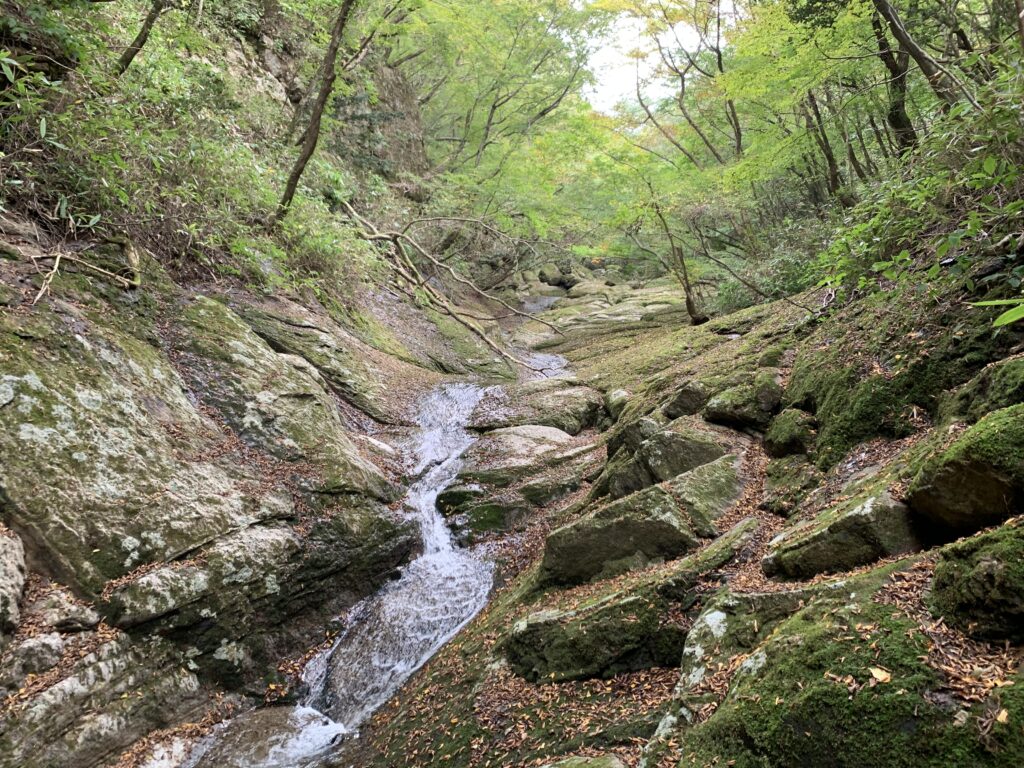
Notes on the Text
Baekje kingdom : 백제 : 百濟
Founded by King Onjo (온조왕 : 溫祚王) in 18 BCE, the kingdom came to rule much of the western Korean peninsula. It lasted until 660, when it was conquered by the Shilla kingdom.
Blue : 푸를 청 : 靑
The color spoken of here, represented by the Chinese character cheong (푸를 청 : 靑) and called pureuda (푸르다) in pure Korean, can mean what we call blue (parata : 파랗다) in English, as Koreans call the color of the sky, but it can also mean what in English is called green (chorotbit : 초록빛), as grass is also referred to as this color. Dictionaries list azure as another possible translation.
Byeok-Rang nation : 벽랑국 : 碧浪國
This is thought to be an imaginary nation. The characters in the name are byeok (푸를 벽 : 碧), meaning blue, and rang or nang (물결 랑/낭 : 浪), meaning waves, and guk (나라 국 : 國), meaning country or nation.
Court astronomer : 태사 : 太史
In ancient China, 太史 was the title of court astronomer and royal historian. During the Goryeo dynasty, the Taesa ministry (taesaguk : 태사국 : 太史局) was responsible for astronomical observations (cheonmun : 천문 : 天文), almanacs and calendars (yeoksu : 역수 : 曆數), meteorological observations (cheukhu : 측후 : 測候) and water clocks (gakru : 각루 : 刻漏). Taesa likely referred to a similar position in the Shilla court.
Courtier’s uniform
The messenger is said to have worn a gwandae (관대 : 冠帶). The characters here are gwan (갓 관 : 冠) , meaning cap, crown, or headgear, and dae (띠 대 : 帶), meaning belt, girdle, band, or strap. Gwandae is the original pronunciation of the word gwandi (관디 : 冠帶), which was the uniform that court officials usually wore when they visited the royal palace. The practice began during the Three Kingdoms period (samguk sidae : 삼국 시대 : 三國時代). Beginning in 648 during the second year of the reign of Queen Jindeok (진덕 여왕 : 眞德女王) of the Shilla Kingdom, court officials wore a robe with a round collar and wide sleeves, along with a type of hat called a bokdu (복두 : 幞頭). They held a flat wooden object called a hol (홀 : 笏), which was originally used to write down the orders and pronouncements of the king, but was later held for ceremonial purposes and to indicate the individual’s rank.
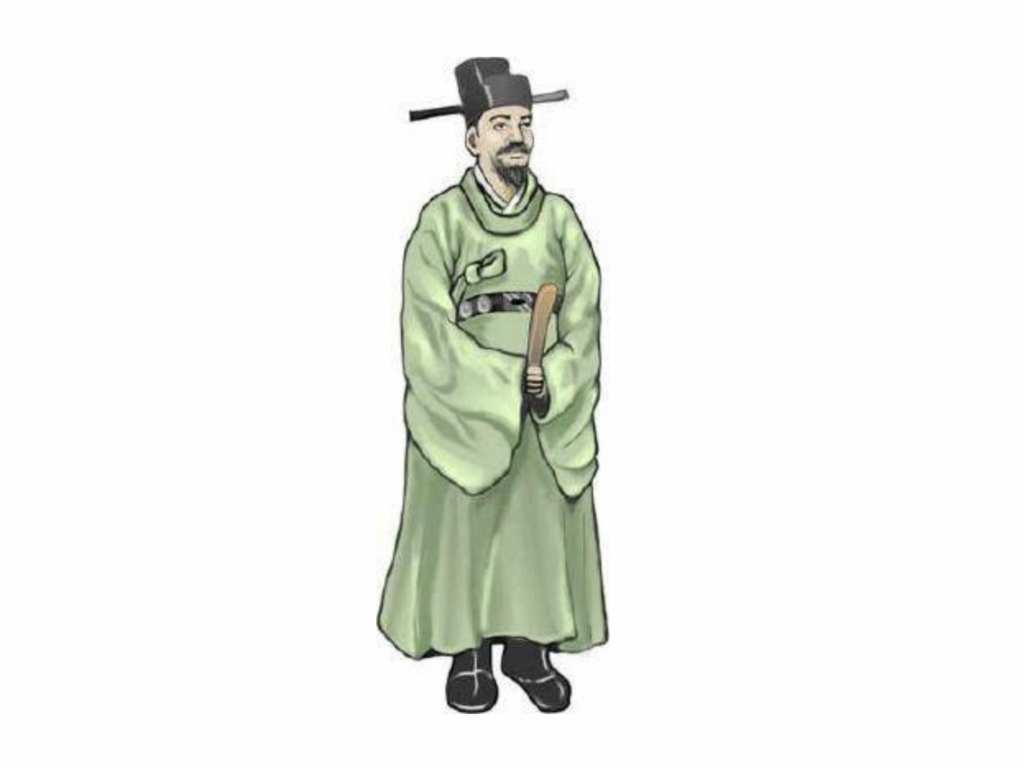
Donae : 도내 : 都內
The characters in this term mean inside or within (안 내 : 內) and capital, city, village, neighborhood, country, fortress or pond (도읍 도 : 都).
Eulla : 을나 : 乙那
The characters in this term are eul (새 을 : 乙), meaning bird, and na (어찌 나 : 那), meaning how or what. Chinese characters were used in the past to write Korean, and proper nouns were represented by characters with similar pronunciation.
Geumdang : 금당 : 金塘
Some versions of the Yeongjuji state that Geumdang is located on the coast of Jocheon-ri (조천리 : 朝天里).
Go, Yang, Bu : 고 : 高, 양 : 良, 부 : 夫
These three family names are still prevalent in Jeju today, and clan representatives perform ceremonies honoring their ancestors at Samseonghyeol (삼성혈 : 三姓穴) twice a year. The Chinese character for the Yang clan was later changed to 梁. In regards to their appearance, Hyun Yong-joon translates 狀貌甚偉 as 그들의 모양은 매우 크고 : they were very large, while Ko Chang-seok translates it as 얼굴 생김새가 비범하고 : (their) faces were extraordinary (or remarkable). The Jejudoji summarized translation of the Yeongjuji and Goryeosa accounts of the founding of Tamna states that 그들은 용모가 뛰어나고 : they were outstanding in appearance.
Go Dam : 고담 : 高聃
Go Yu : 고유 : 高維
Halla Mountain : Hallasan : 한라산 : 漢拏山
The term used in the text is jinsan (진산 : 鎭山), which refers to a large mountain that stands behind a town, province or nation and brings it peace and security (진호하다 : 鎭護하다). The term comes from the practice of geomancy, and these mountains are also known as jusan (주산 : 主山). In the case of Jeju, the jinsan is understood to be Halla Mountain.
Hu, Cheong, Gye : 후 : 厚, 청 : 淸, 계 : 季
Jasogak : 자소각 : 紫霄閣
It is unclear what this term means. The first character, ja (紫), means purple, violet or amethyst, the second character, so (霄), means sky, clouds, mist or night, while the third character, gak (閣), means chamber, pavilion or cabinet.
King
The member of the Go family chosen as what is here translated as king is referred to by the character 君 (gun : 임금 군), which has the meaning of king (왕), lord (영주 : 領主), monarch or sovereign (군주), or ruler (지배자). The kings of Shilla, Baekje and Goryeo are referred to by the unambiguous character 王 (wang : 임금 왕).
King Dong-Seong : 동성왕 : 東城王
This monarch ruled the Baekje kingdom from 479 to 501.
King Go Ja-Gyeon of Tamna : 탐라왕 고자견 : 耽羅王高自堅
King So of Tamna : 탐라소왕 : 耽羅王昭
King Taejo of Goryeo : 고려 태조 : 高麗太祖
This was the founding monarch of the Goryeo kingdom. He ruled from 918 to 943. The Goryeo kingdom lasted until 1392.
Mallo (crown prince) : 태자 말로 : 太子夫老
Moheung Cave : Moheunghyeol : 모흥혈 : 毛興穴
Mohyeonghyeol is located in Jeju City and is known today as Samseonghyeol (삼성혈 : 三姓穴). There are three holes in the ground at the site from which the three founding ancestors of Jeju are said to have emerged. Ceremonies honoring these ancestors are held twice a year at the site. The character here translated as cave is 穴 (hyeol : 구멍 혈), which can mean hole (구멍), cave (굴 or 동굴), pit or crater (구덩이), dugout hut or pit-dwelling (움집), grave (무덤 or 묘혈), vein (of ore, etc) (광맥), or locus of vital earth energy (hyeol : 혈).
Mujinju : 무진주 : 武珍州
This was one of the Shilla kingdom’s nine administrative districts, which were called ju (주 : 州). It was located in what is today the region of Gwangju. Established during the sixth year of the reign of King Sin-Mun (신문왕 : 神文王) in 686, the name was changed to Muju (무주 : 武州) in 758 during the 16th year of the reign of King Gyeong-Deok (경덕왕 : 景德王).
New star
The term used is gaekseong (객성 : 客星). It has the literal meaning of guest star, and referred to a new star that suddenly appeared in the sky. This may have been a comet or supernova.
One hundred li
One li or ri (리 : 里) equalled about 0.393 kilometers.
Provincial governors
The term used is beonsin (번신 : 藩臣), which referred to the position of gwanchalsa (관찰사 : 觀察使). Gwanchalsa were administrators of regions distant from the capital.
Purple : ja : 자주빛 자 : 紫
Dictionaries list purple, violet and amethyst as meanings of this character.
Seongju : 성주 : 星主
The Chinese characters in this term are seong (별 성 : 星), meaning star, and ju (임금 주 / 주인 주 : 主), meaning king, monarch, sovereign or ruler (imgeum : 임금), or owner, master or host (juin : 주인).
Shilla kingdom : 신라 : 新羅
Also romanized as Silla, the kingdom was founded in 57 BCE by Bak Hyeokgeose (박혁거세 : 朴赫居世) and lasted until 935, when it was conquered by the Goryeo kingdom.
Sons of the gods : sinja : 신자 : 神子
This term does not appear in Korean dictionaries. Sin (천신 신 : 神) means spirit, supernatural being, God, god, or gods, while ja (아들 자 : 子) means child or offspring.
Tak-Ra : 탁라 : 乇羅
The name of the nation may be transliterated as Takra or Takla in accordance with the separate pronunciation of each Chinese character in the name, tak (부탁할 탁, 잎 탁 : 乇) and ra, la or na (벌일 라/나, 그물 라/나 : 羅), or as Tangna, following the pronunciation of the two syllables when they appear in this combination.
Tamjin : 탐진 : 耽津
This is the former name of the region in South Jeolla Province now called Gangjin County (Gangjin-gun : 강진군 : 康津郡).
Tamna : 탐라 : 耽羅
The name of the nation may be transliterated as Tamra or Tamla in accordance with the separate pronunciation of each Chinese character in the name, tam (즐길 탐 : 耽) and ra, la or na (벌일 라/나, 그물 라/나 : 羅), or as Tamna (tam-na), following the pronunciation of the second syllable when it appears in this combination.
Three Demi-gods
The term used to describe these men is sinin (신인 : 神人), which could also be translated as divine man or god-man. The Korean names of these men in hangeul and hanja are as follows: Go Eulla (고을나 : 高乙那), Yang Eulla (양을나 : 良乙那), Bu Eulla (부을나 : 夫乙那). Eulla follows the pronunciation of the two Chinese characters as they are found in combination. They are sometimes transliterated as Eul-na, in accordance with the separate pronunciation of the two characters, eul (乙 : 을) and na (or ra) (那 : 나/라).
Three villages
These three villages are called Jeildo (제일도), Jeido (제이도) and Jesamdo (제삼도), respectively. The term here translated as village is do (도읍 도 : 都) which can mean capital, city, country, village, fortress or pond.
Wangja : 왕자 : 王子
This term means prince.
Wangja donggung : 왕자 동궁 : 王子東宮
This term means crown prince.
Year of the Dog
This was the musul (무술 : 戊戌) year, the 35th year of the sexagenary cycle used as a calendrical system.
Year of the Rat
This was the gyeongsin (경신 : 庚申) year, the 57th year of the sexagenary cycle used as a calendrical system.
Yeongju : 영주 : 瀛州
This is one of the former names of Jeju Island. Yeong (바다 영 : 瀛) can mean ocean, marsh, or island where sinseon live. Sinseon (신선 : 神仙) are immortal celestial beings in the mythology of Taoism. Ju (고을 주 : 州) can mean town, country, nation, island, village, live together or gather together.
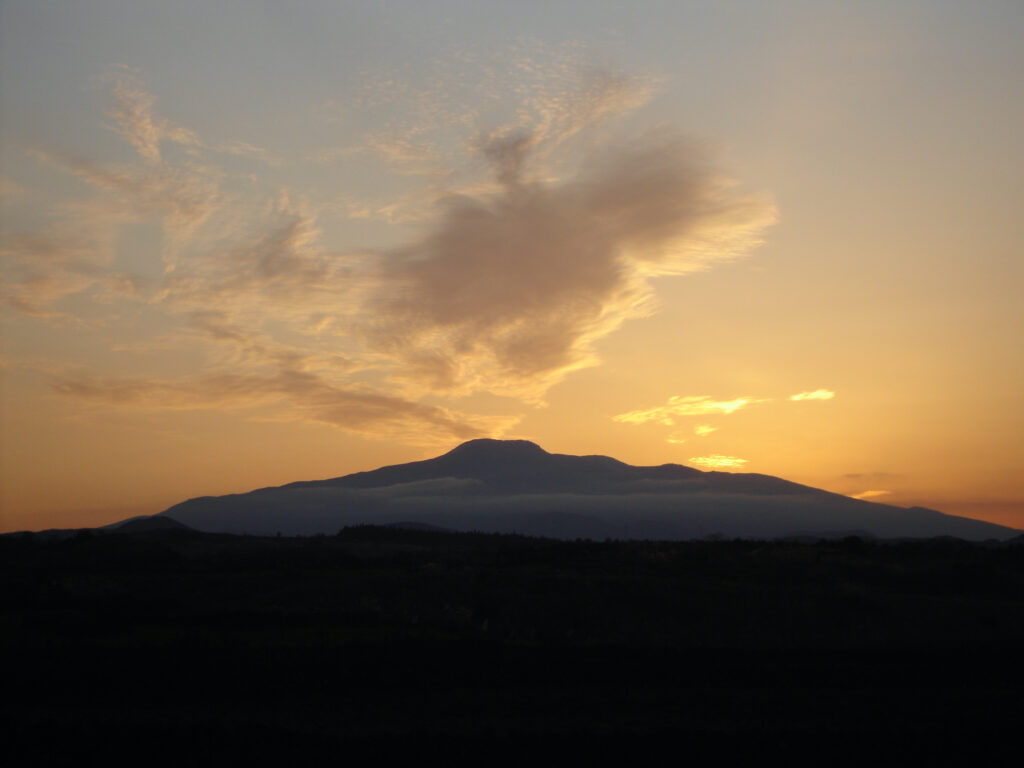
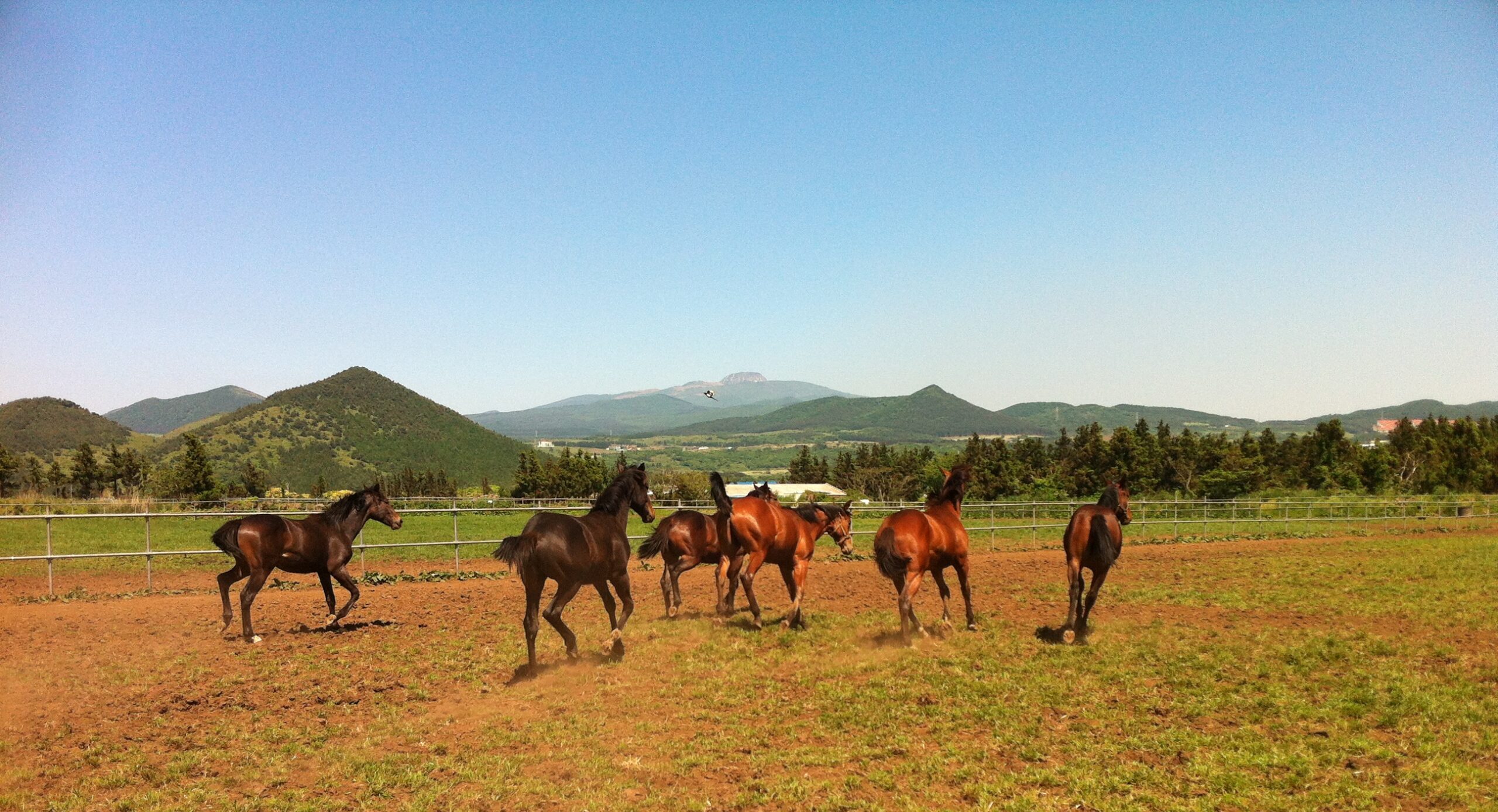

1 thought on “Yeongjuji : 영주지 : 瀛州誌 : Chronicle of Yeongju”